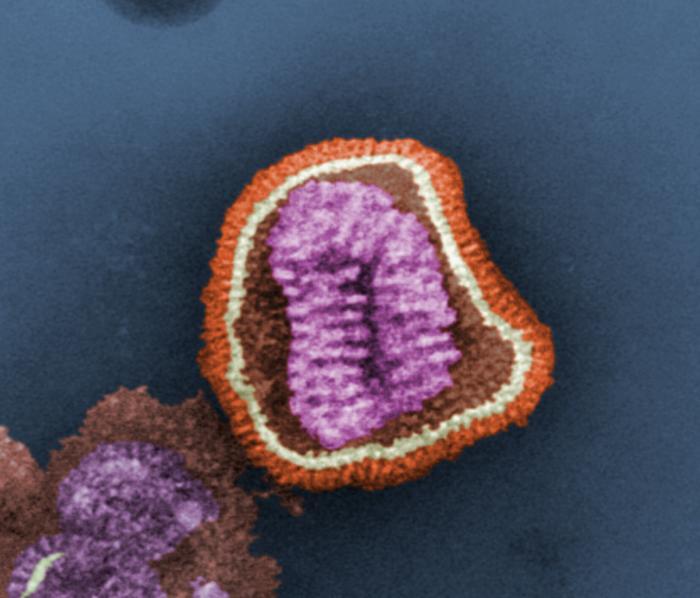Re-emergence of a novel H5N1 avian influenza virus variant subclade 2.2.1.1 in Egypt during 2014
Large-scale surveillance is crucial for understanding the evolution and the emergence of avian influenza viruses (AIVs) in endemic areas. Circulation of highly pathogenic avian influenza (HPAI) subtype H5N1 is continuously causing significant economic losses to the Egyptian poultry industry and is a threat to public health. In this report, a HPAI H5N1 strain (A/chicken/Egypt/Fadllah-7/2014) was detected from a vaccinated flock showing clinical signs of infection. Genetic characterization of the isolate indicated a high level of nucleotide identity (9598%) with variant and classical groups of H5N1. Moreover, multiple-nucleotide and amino acid alignments revealed several prominent and characteristic substitutions in the surface glycoprotein, which may have biological relevance to the pathobiology of the virus. Phylogenetic analysis demonstrated that the reported isolate closely relates to H5N1 AIVs subclade 2.2.1.1 in spite of no reports of this subclade since 2011 from AI reported cases in Egyptian avian species. In conclusion, our results highlight the re-emergence of a novel H5N1 AIV variant subclade 2.2.1.1 that could escape immunity induced by vaccines. This discovery illustrates the importance of continuous monitoring of poultry in this country for controlling AIV including identifying sources of vaccine seed viruses.
